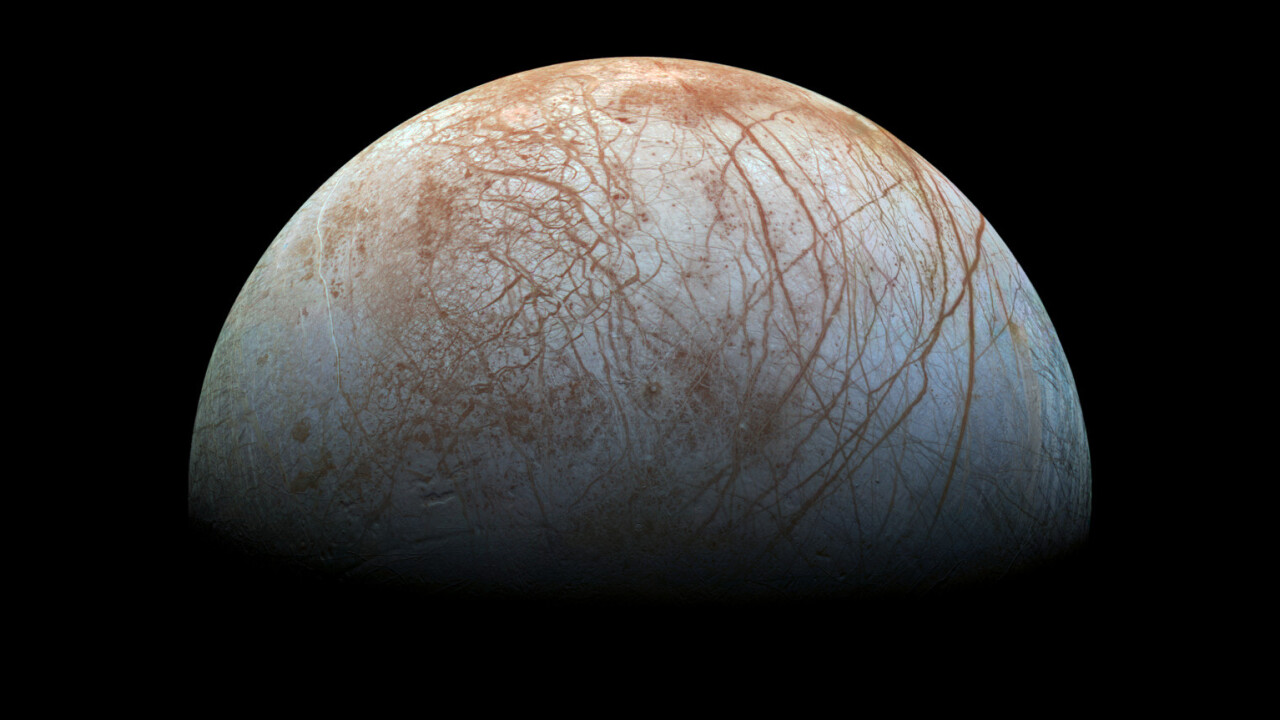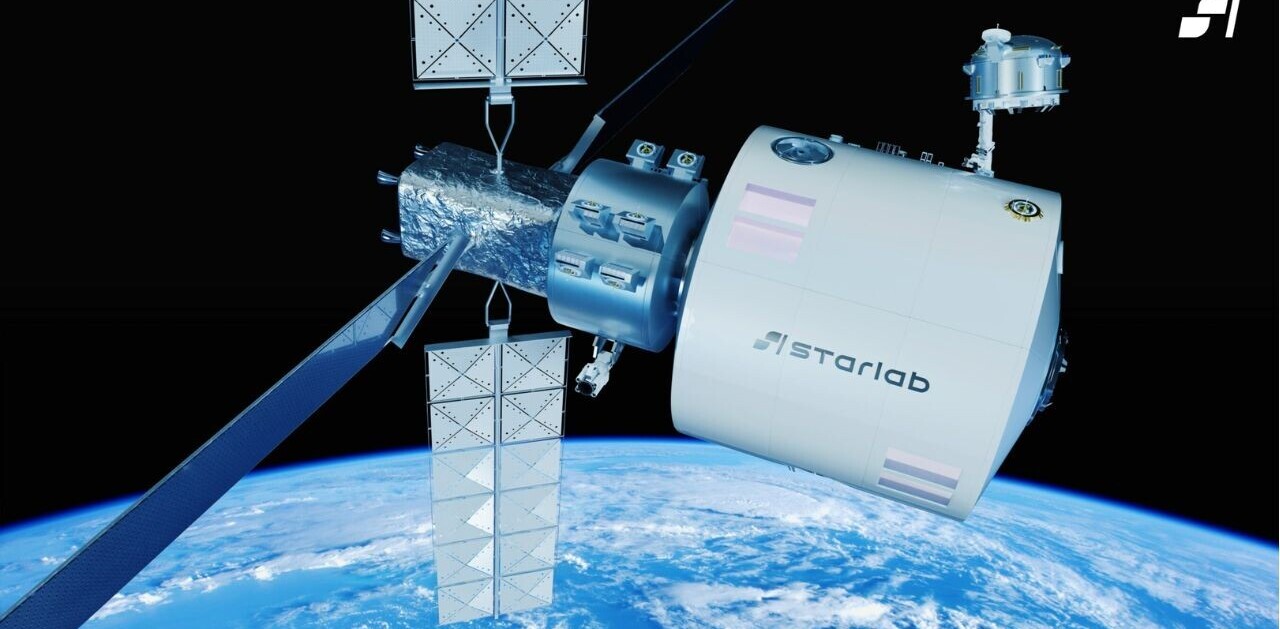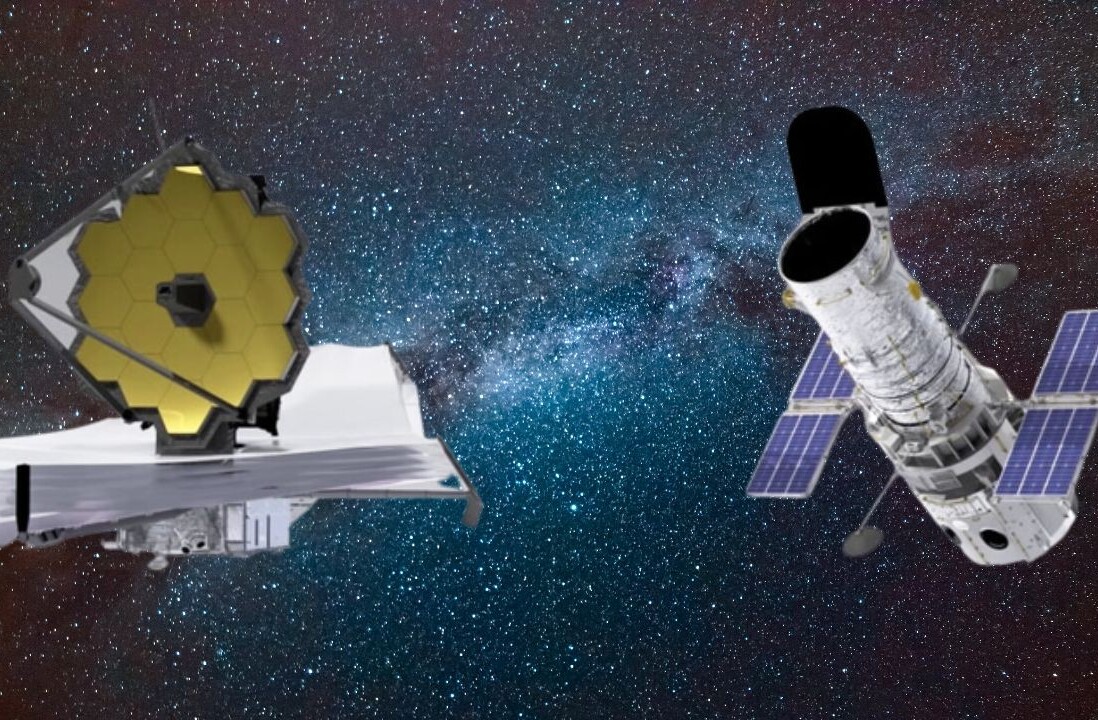Water worlds are found in our own solar system, and life may hide among their layers of rock and ice, new studies suggest. Life may, one day, be found on worlds including Europa, Enceladus, Titan, Mars, and possibly even (Pluto).
Interior water ocean worlds (IWOWs) are common in our solar system, and similar planets and moons are likely to exist in other planetary systems, greatly expanding the possibility of alien life.
“As we now know, in our solar system, Earth is an uncommon type of water ocean world because its oceans are on its exterior. In contrast, an increasing number of worlds in our solar system have… shown… they likely contain interior water oceans. As a result, water ocean worlds are now thought to be common in our solar system… IWOWs appear to be particularly conducive to, and perhaps at an advantage for the development and maintenance of life,” Dr. Alan Stern, planetary scientist at the Southwest Research Institute (SwRI) writes in a letter from the Lunar and Planetary Science Conference 2021.
Shields to Maximum!
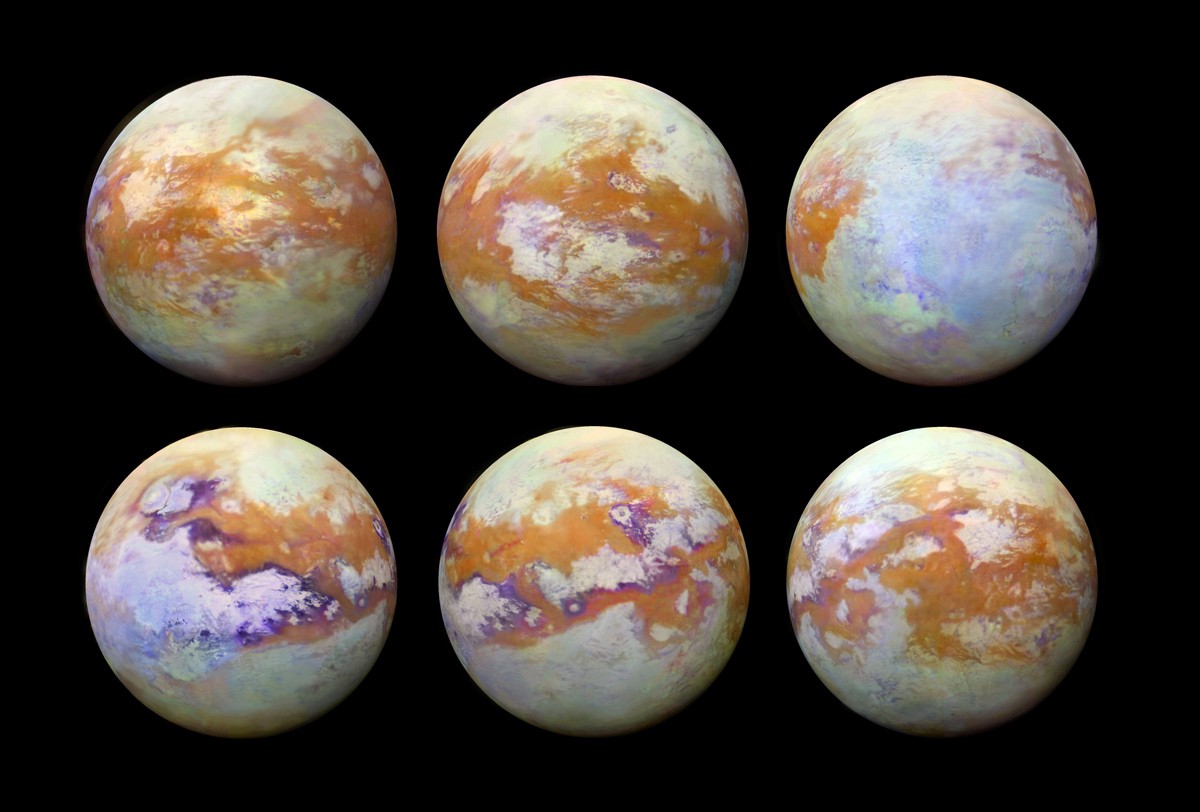
The search for extraterrestrial life is often confined to planets within the habitable zone surrounding stars — where temperatures are neither too hot, nor too cold for life to develop. However, water-rich moons like Jupiter’s moon Europa could greatly expand the number of worlds on which life might develop.
“Earth isn’t the only ocean world in our solar system. Water on other worlds exists in diverse forms on moons, dwarf planets, and even comets. Ice, water vapor in the atmosphere, and oceans on other worlds offer clues in the quest to discover life beyond our home planet,” NASA describes.
Each of the most intriguing targets in the search for life in the solar system offers unique challenges and resources for life to take hold.
Mars, the planet most-often associated with alien life, does not have large amounts of liquid water on the surface, although briny deposits can be found in small thimble-sized packets underground.
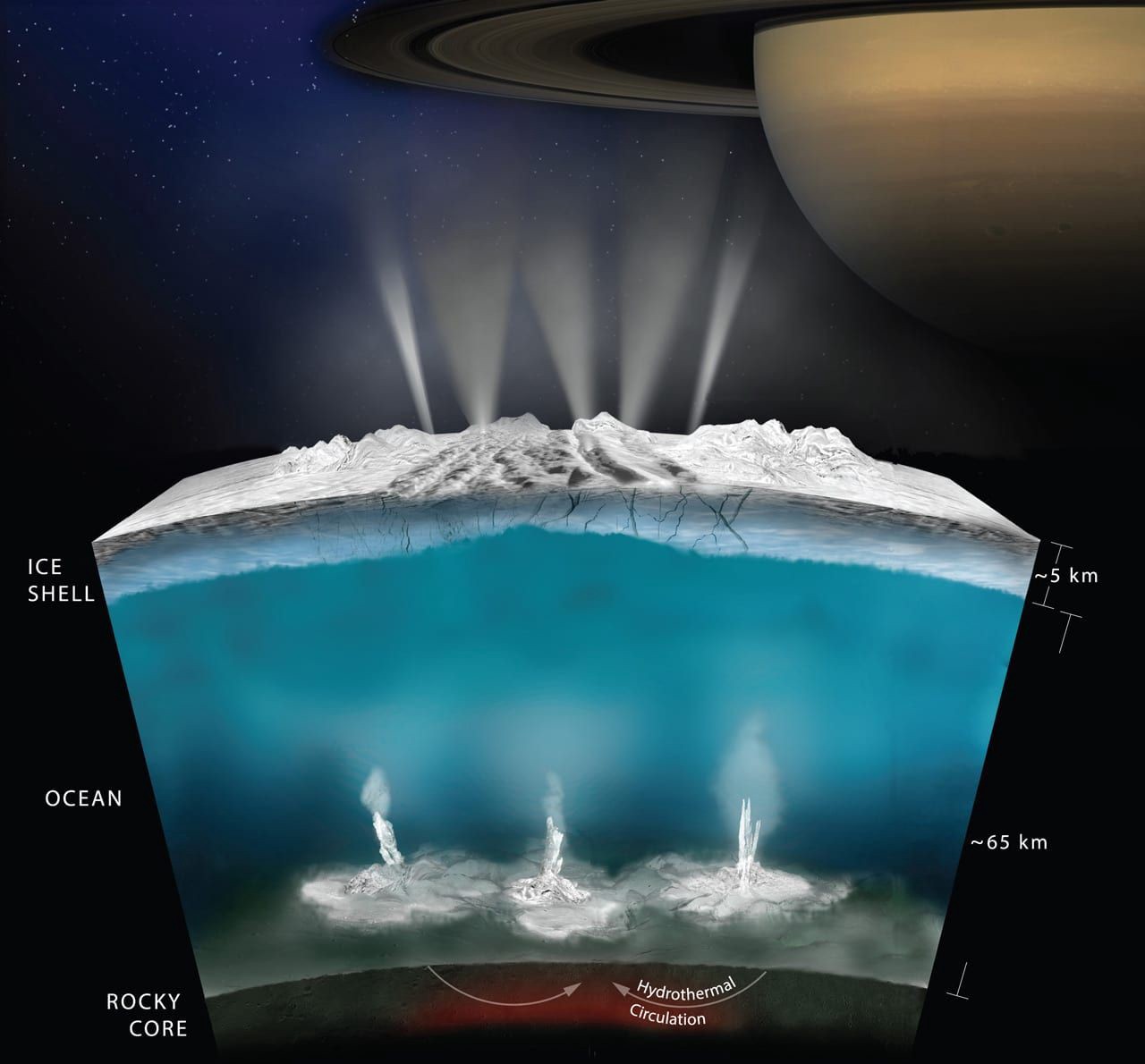
Europa is cold, but this massive moon of Jupiter is heated by tidal forces as it orbits its mighty parent. Titan has oceans of ethane and methane, and the thickest atmosphere, by far, of any moon in the solar system. What that could mean for the development of life there remains a mystery. On Earth, the ocean floor itself has recently been found to drive chemical reactions in primitive lifeforms.
Earth (deemed a EWOW, or external water ocean world) and the other terrestrial planets in our solar system have been the targets of bombardment from asteroids and comets, as well as harsh radiation which may have led to extinctions on Earth. However, water worlds could be shielded from these threats by thick encasements of ice and water.
“Interior water ocean worlds are better suited to provide many kinds of environmental stability, and are less likely to suffer threats to life from their own atmosphere, their star, their solar system, and the galaxy, than are worlds like Earth, which have their oceans on the outside,” Stern explains.
Olly Olly Planet Free!
One challenge in finding such life is that the same oceans and ice that protects life may also make it difficult for us to detect life. If life forms predominantly in the icy oceans of these worlds, Stern explains, it could help explain why we have not seen life yet on other worlds.
Given the laws of chemistry and physics, life should be common throughout the galaxy. This might help answer the Fermi paradox, which asks the question — if life is common, why have we not yet found lifeforms on other worlds? Stern believes the very water and ice that protects life on these worlds might prevent us from seeing evidence of its existence.
“All these worlds are yours, except Europa. Attempt no landings there. Use them together. Use them in peace.” — Arthur C. Clarke, 2010: Odyssey Two
Hit the play button above to watch The Cosmic Companion’s interview with science writer David Brown, talking about the Europa Clipper mission.
The Ocean Worlds Exploration Program being developed by NASA aims to explore ocean worlds in our Solar System. This program seeks to explore and understand places like Europa and Titan, where mighty oceans might be teeming with life.
“Europa’s tidal energy may also allow the ocean to interact with rocks on Europa’s sea floor. Chemical reactions between water and rock could help provide not just the building blocks for life, but also the energy for life,” NASA writes on the Europa Clipper website.
The Europa Clipper aims to launch to Jupiter’s water moon in October 2024. If test flights of the Ingenuity rover on Mars are successful, the next interplanetary helicopter will (hopefully) fly on Saturn’s mighty moon, Titan.
Lessons learned from exploring the water worlds of our solar system — perhaps even finding life itself — will provide us tools and experience needed for the discovery of life around distant stars.
This article was originally published on The Cosmic Companion by James Maynard, founder and publisher of The Cosmic Companion. He is a New England native turned desert rat in Tucson, where he lives with his lovely wife, Nicole, and Max the Cat. You can read this original piece here.
Did you like this article? Join us on The Cosmic Companion Network for our podcast, weekly video series, informative newsletter, news briefings on Amazon Alexa and more!
Get the TNW newsletter
Get the most important tech news in your inbox each week.
